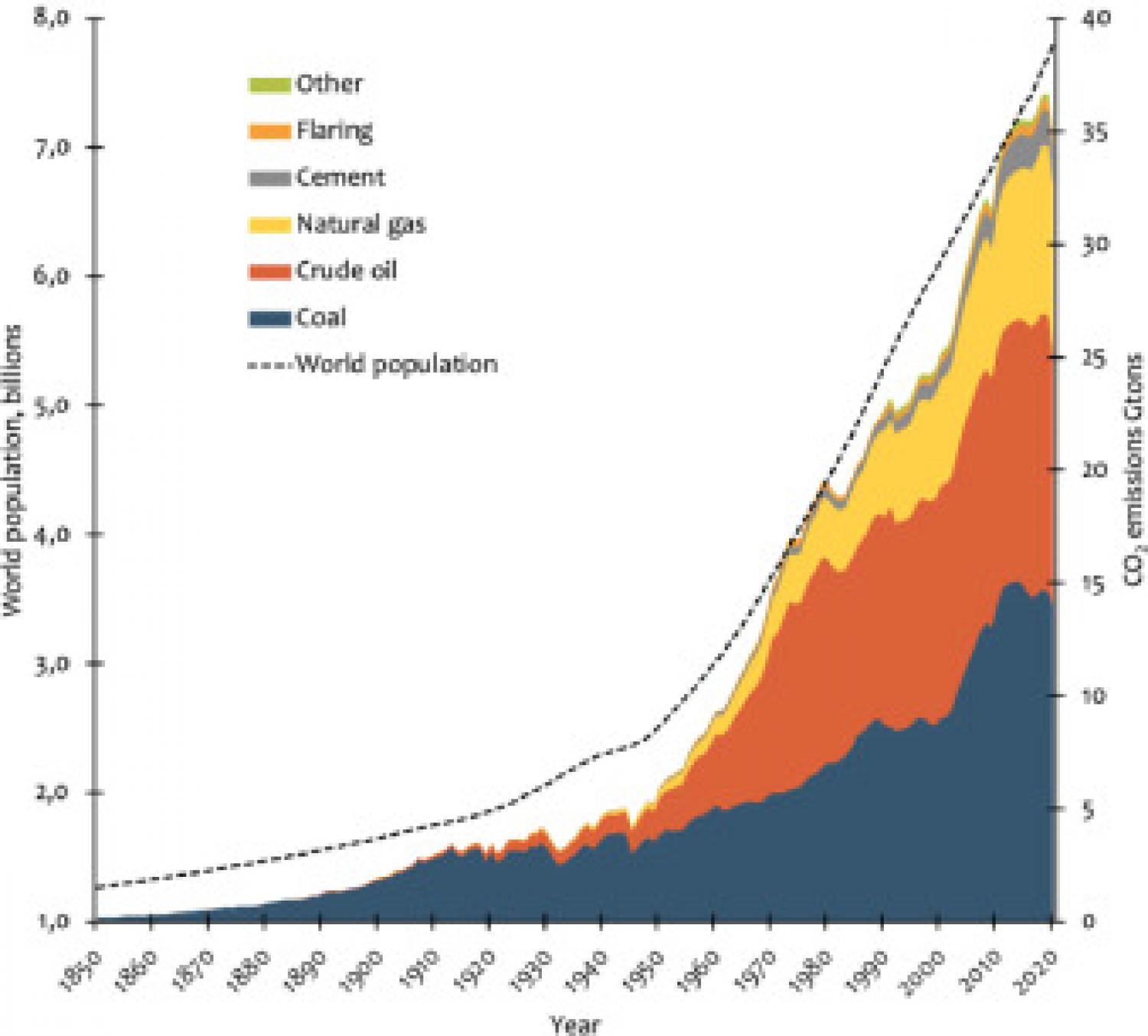
The increase of man-made greenhouse gas (GHG) emissions is a serious global problem. Hence the 2015 Paris Agreement and the COP meetings, which show the willingness of governments to reduce emissions and fight climate change. Their main goals are keeping average temperatures to max 2 °C above pre-industrial times, and reaching net-zero emissions by 2050. But how realistic are these goals? GHG emissions may be everyone's long-term problem, but they are nobody's short-term problem. The huge benefits we all reap from the free energy provided by fossil fuels, and the way that governments, companies and people handle risk, create enormous barriers. I will show here, using simple back-of-the-envelope calculations, that we will not reach the Paris Agreement goals. Moreover, I will explain the reasons why much excellent research in sustainable chemistry will not make a sizable dent in CO2 emissions. This doesn't mean we should give up. We must keep on developing and implementing sustainable technologies. But we should also prepare to adapt to living in a world with average temperatures 3–4 °C higher than pre-industrial times. Optimistic scenarios make people complacent. Wake up. It is later than you think.
